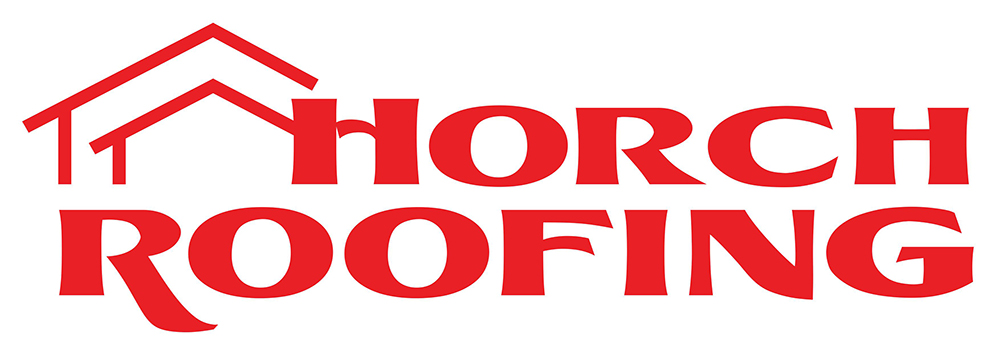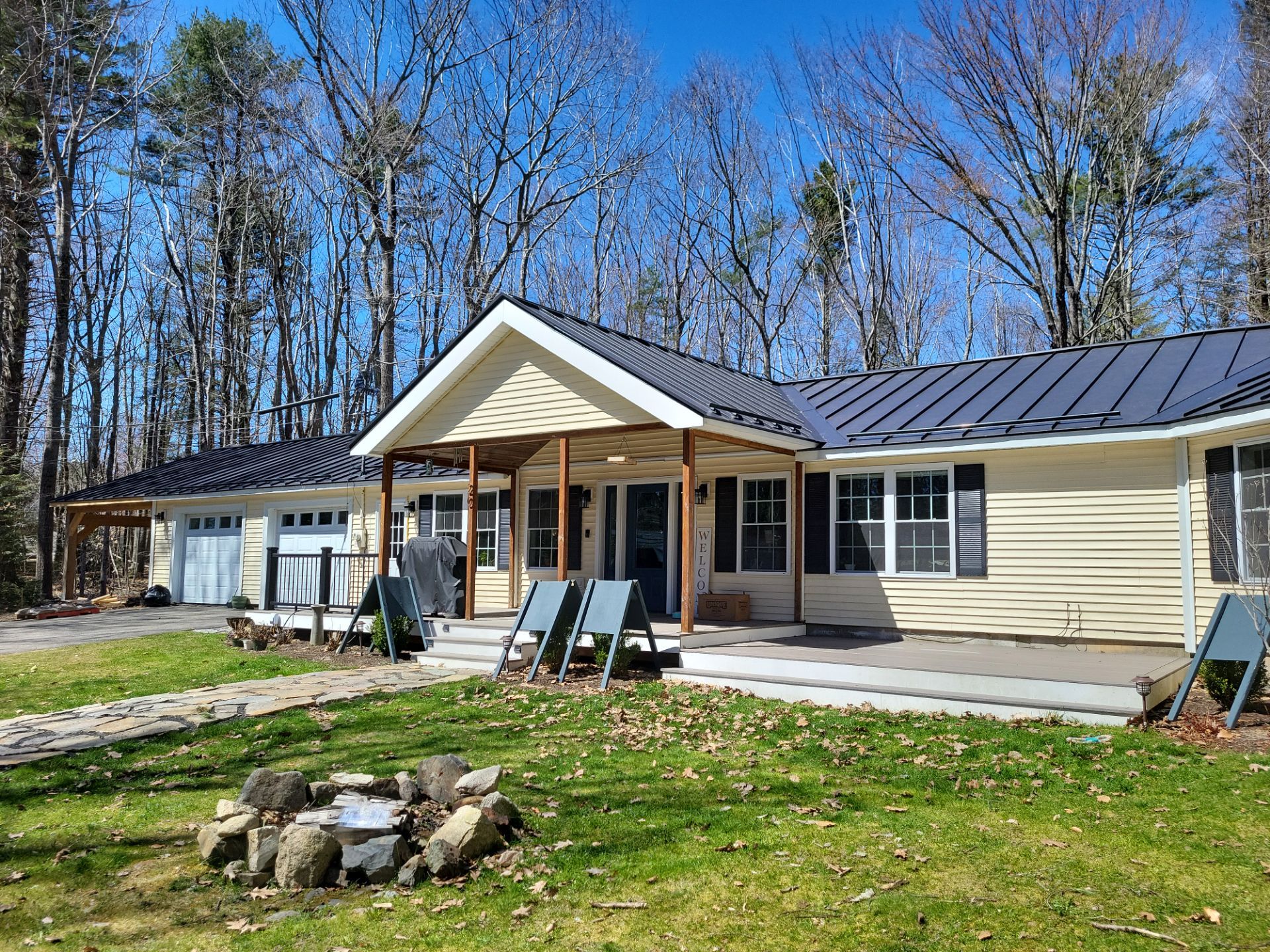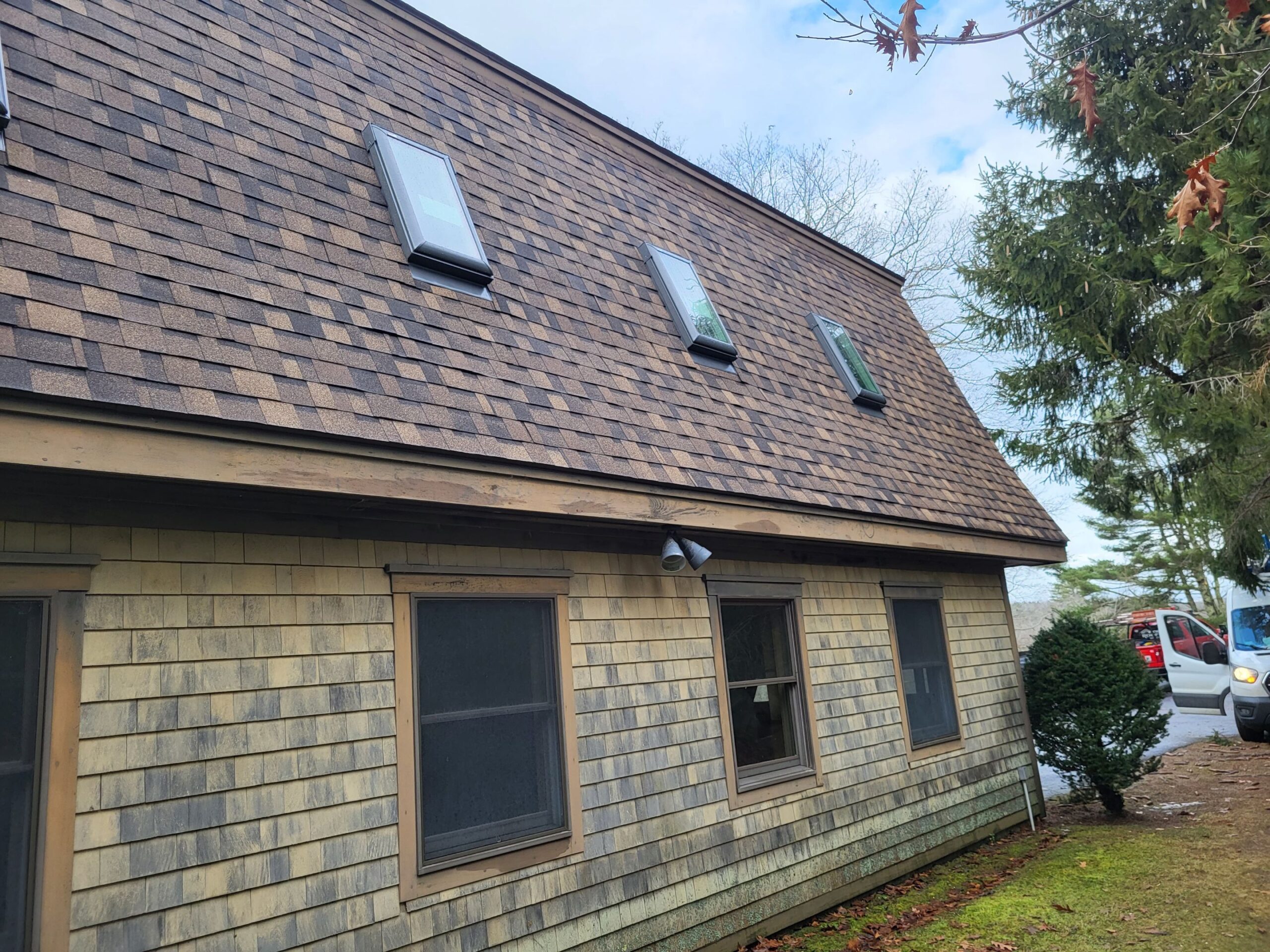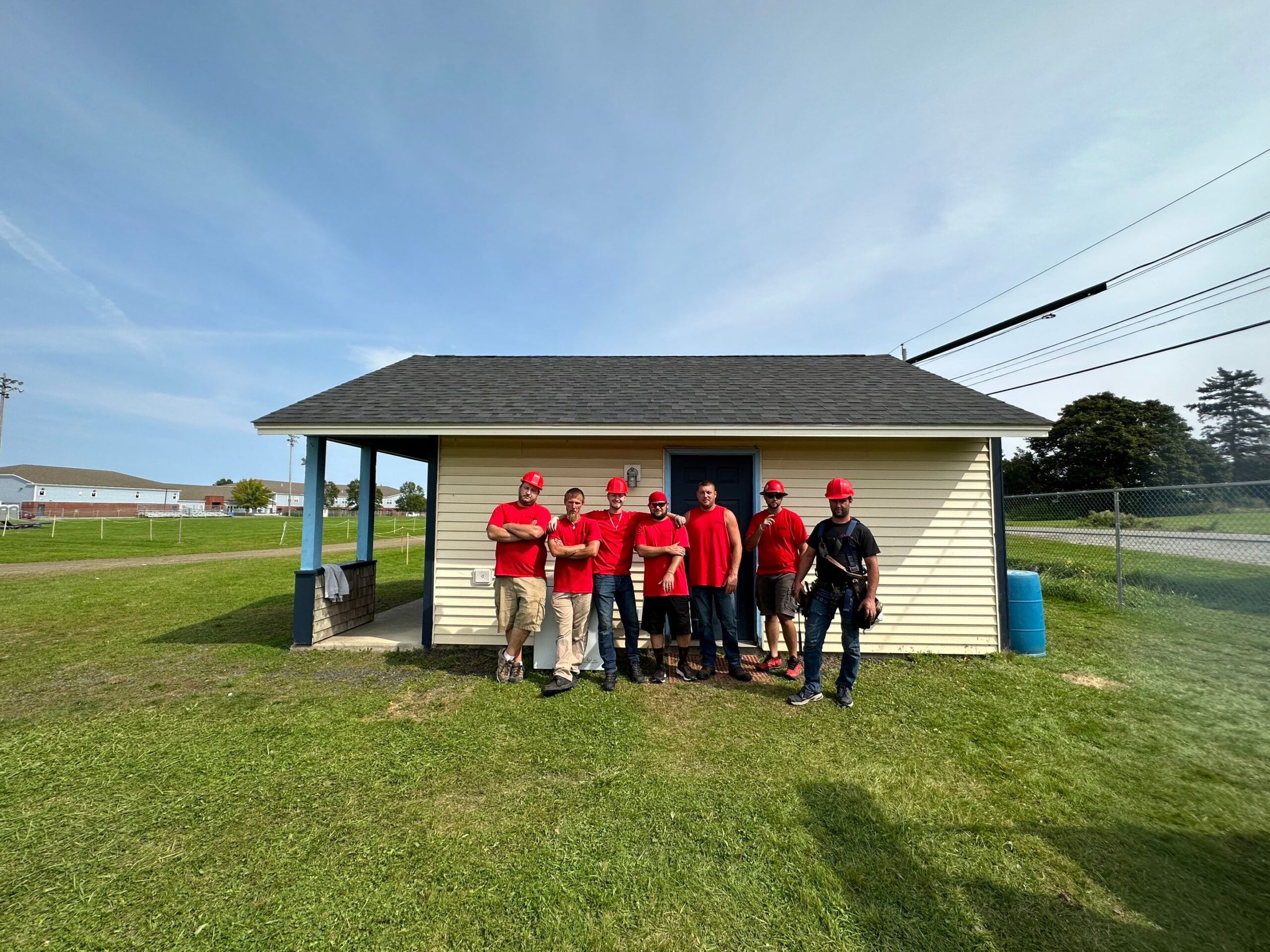- Smart roofing design choices balance curb appeal, durability, and upkeep costs.
- Compare asphalt, standing-seam metal, and EPDM rubber, as each option excels under different conditions.
- Shape, pitch, and color must align with code, climate, and personal style.
- The right material-plus-design mix delivers top resale value and energy savings.
- A knowledgeable local contractor turns those choices into lasting results.
Every roof structure has two main jobs: to keep the weather out and reflect the personality of the building below. For most homeowners, durability and manageable upkeep matter too. With so many factors at play, it might seem like design options are limited. But once you begin conversations with roofing companies in Camden, the possibilities start feeling endless.
Material science, architecture, local codes, and more all influence the best design for your Midcoast property. The good news is that a well-informed approach can help you avoid wasted money and secure a strong balance between form and function. To get you started, here’s an overview of the roof design decisions that matter most.
What are the things to consider when designing a roof?
Design choices for roofs go far beyond just color swatches. Each decision affects structural load, energy efficiency, weather resistance, and resale value, so it’s not one to make lightly or without being well-informed. You need a plan, and a thoughtful one answers questions such as:
- Which options balance cost, service life, and maintenance?
- Does the preferred outline fit into the historic streetscape, if applicable?
- Can the existing structure support the weight of the material or snow buildup?
- What should you choose to keep your attic cooler during the summer?
Fortunately, you don’t have to find the answers alone. A reliable local contractor can help translate the answers to these questions into practical specifications.
How do I choose the best roof material?
When comparing different types of roof materials, Midcoast owners usually evaluate three stand-outs:
- Asphalt shingles: The most popular and affordable path to reliable protection. With modern underlayments, dual-layer construction, and the material that resists water and organic growth, you can easily get around two decades of reliable service. Plus, with a wide range of color, texture, and finish options, including architectural profiles that add visual depth, appearance doesn’t have to take a back seat.
- Standing-seam metal: This premium option often lasts more than five decades with minimal upkeep, which helps justify the higher upfront cost. Interlocking vertical ribs offer outstanding protection against the elements, while factory coatings reflect UV rays, reduce cooling loads, and slow fading. The panels usually weigh less than expected and, in some cases, can even be installed over existing shingles.
- EPDM rubber membrane: For flat and low-slope decks that need watertight security from, this material checks all the boxes. The compound flexes even in extreme cold, so freeze-thaw cycles do not open seams. Dark surfaces absorb winter sun and aid melt, and reflective top films are there for energy-conscious designs. Home addition or a commercial building, this is a known best fit for shallow pitches.
Each option excels in different scenarios. Asphalt answers tight budgets, metal outlasts everything else, and EPDM dominates wherever drainage runs slow.
How do I choose a roof design?
When choosing the right roof design for a home, you need to consider more than curb appeal, even if you plan to sell soon. The shape influences everything from attic volume to ventilation routes to resistance against driving rain. Harsh local weather conditions mean that most modern structures favor simple outlines, with fewer edges exposed to gusts and steep gables that handle horizontal force better than complex valley networks.
Keep in mind that historic districts may restrict drastic design contrasts with neighboring silhouettes, so always check local guidelines first. Sometimes, the material will dictate feasible shapes. For example, standing-seam metal panels are recognized as a premium option, but intricate turrets typically require smaller shingle units. Don’t forget to factor in weather-specific concerns for your area and consider seamless gutters, snow guards, and other additions.
How do I choose the right pitch for my roof?
Roof pitch, measured as rise over run, affects everything from how water drains to how easily someone can access the surface for maintenance. Local code sets the minimum pitch allowed for each material: asphalt shingles typically require at least 2:12, though they perform best above 4:12, metal systems work well down to 3:12, and EPDM thrives even on nearly flat surfaces where other solutions struggle.
An interesting fact about roofing you likely didn’t know is that even so-called “flat” commercial membranes include a slight built-in taper to help puddles drain off before they freeze.
In most existing homes, changing the pitch significantly means rebuilding the entire frame, which is something that rarely makes sense outside of a full redesign. This means that situations where you’re picking a pitch for your entire overhead aren’t common. If it so happens that you need to pick, it’s likely going to be during major renovations and for smaller additions.
How do I choose the right roof color?
The color you choose isn’t just about personal preference, it affects everything from energy costs to property value to neighborhood harmony. Dark hues hide stains and minor damage easily, and they pair well with cedar siding and brick facades. In contrast, light shades reflect sunlight, making them a smart choice for addressing roofing challenges that come with summer weather. Although this season is often considered the best time for roof work, high temperatures can punish finished surfaces that absorb excess heat.
That said, your taste still plays a role. When reviewing house and roof color combinations, many buyers spend considerable time with manufacturer sample boards until they find the perfect match. Keep in mind, however, that local codes in historic neighborhoods may limit expressive palettes, so be sure to verify guidelines before choosing a unique hue. Neutral tones like charcoal, weathered wood, or stone gray tend to offer broad appeal, especially if resale value is a priority.
What type of roof adds the most value to a home?
When assigning value to a roof, appraisers weigh curb appeal, expected lifespan, and maintenance costs. For example, standing-seam metal typically tops the list thanks to its 50-year lifespan, superior durability, and low maintenance demands. It’s the most expensive material, but it often pays for itself, and reports suggest that homeowners recoup up to 85% of the installation cost at resale.
Architectural asphalt shingles follow close behind with a high return on investment due to their modest upfront cost, widespread familiarity, and solid resistance to the elements. EPDM membranes may be visually neutral, but their use in multifamily and commercial buildings, especially on low-slope surfaces, makes them highly valuable.
All in all, there’s no single answer, because your home’s roof increases value through balanced specifications. The highest return comes when material, color, pitch, and shape complement architecture and meet weather demands without excess.
Who stands out among roofing companies in Camden, across Midcoast & beyond?
At Horch Roofing, we turn design decisions into durable reality. If you’re planning a new roof installation, our specialists will guide you through material selection, color coordination, and pitch calculations to ensure your new system looks as good as it performs. We install three premium systems: asphalt shingles, standing-seam metal, and EPDM rubber, each backed by industry-leading warranties and tailored to withstand coastal winds and winter snow.
With seamless gutter installation and dedicated repair and dispatch services, we’re your one-stop solution for every roofing need. From Camden’s downtown streets to the quiet paths near Curtis Island Lighthouse, neighbors trust us for detail-driven planning and flawless execution. Secure long-term value and curb appeal, schedule your consultation today!



